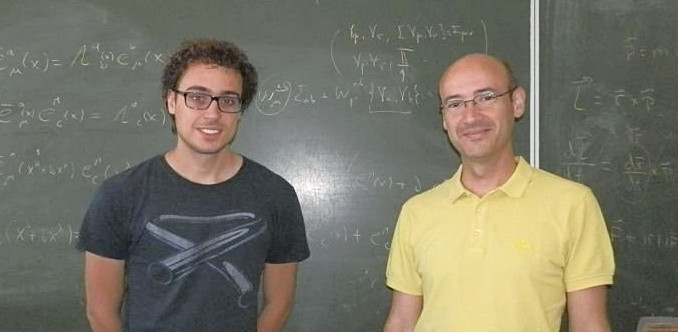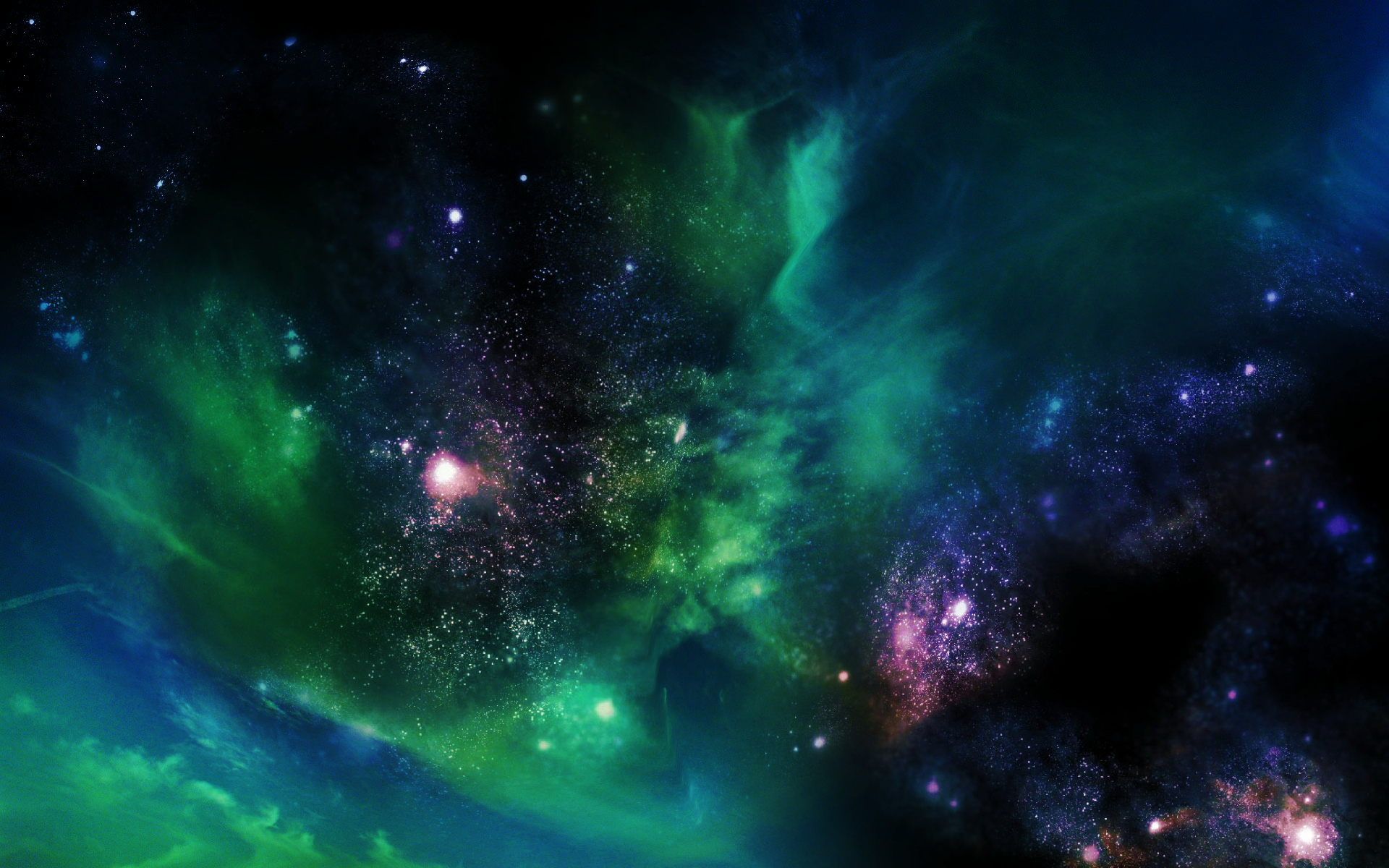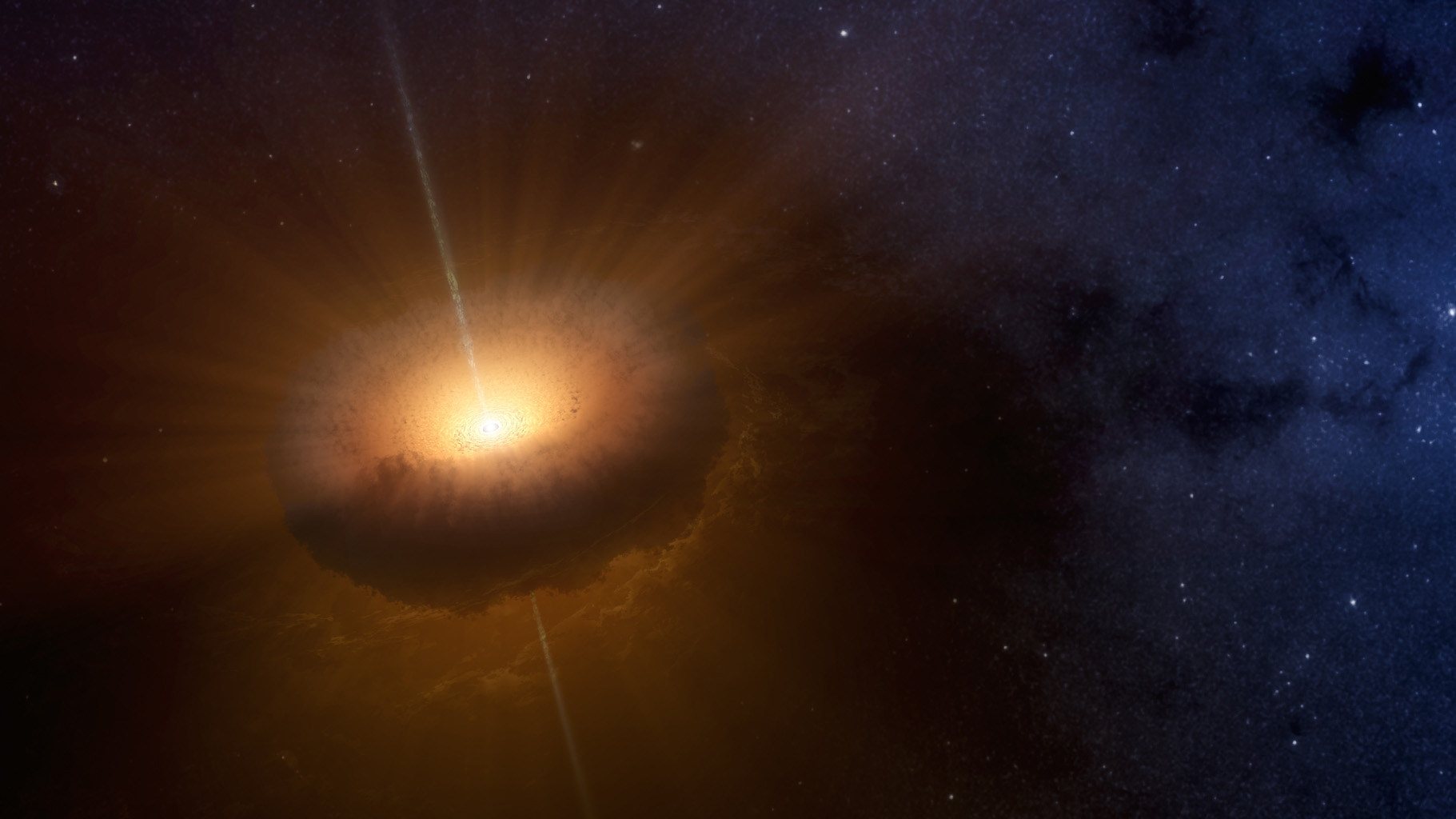
Discovery of a time-resolved supernova signal in Earth's microfossils. According to the researcher's analyses, our solar system spent one million years to transit trough the remnants of a supernova.

Tucked aboard the Mars Reconnaissance Orbiter, HiRISE has a telescope aperture of 0.5 meter, making it the most powerful camera ever sent into deep space, with a maximum resolution of about 0.3 meter/pixel.

The new data indicates that while Ceres, which is the largest body in the asteroid belt, was once warm enough for water to have shifted internally, those temperatures were never high enough for an iron core to separate from the rest of the dwarf planet's interior.

A recent study by researchers at the Institute of Corpuscular Physics in Valencia suggests that matter might in fact survive its foray into these space objects and come out the other side.

"Tabby's Star" has dramatically dimmed. Something passed in front of it, dimming its starlight a whopping 20 percent and other jumbled transit signals revealed that something wasn't quite right with this particular star.

Mineral veins found in Mars's Gale Crater were formed by the evaporation of ancient Martian lakes, a new study has shown.

Researchers list exoplanets with the most potential to have liquid water, or even life. An international team of researchers has pinpointed which of the more than 4,000 exoplanets discovered by NASA

A major revision is required in our understanding of our Milky Way Galaxy. Astronomers have found that there is a huge region around the center of our own galaxy, which is devoid of young stars.
Richard Branson's dream of commercial space tourism is a step closer to reality. His Virgin Galactic company has been granted an operating licence by US aviation officials to fly passengers to the point of weightlessness.

In 2009 astronomers detected an unusual object, named CX330, as a source of X-rays as it was surveying the center of the Milky Way galaxy but they had not idea what it was. Today, astronomers have a better idea to what this strange object is.

Virgin Spaceship Unity, set to begin test flights next month, includes a very special nod to the theoretical physicist.
A NASA news release describes a recently published study which has found that Jupiter’s Great Red Spot appears to act as a heat source and is likely the reason behind the planet’s surprisingly high upper atmospheric temperatures.

New data from NASA's Nuclear Spectroscopic Telescope Array, or NuSTAR, has, for the first time, begun to pinpoint large numbers of the black holes sending out the high-energy X-rays.

SPACE tourism from Prestwick is a step closer after a US firm at the cutting edge of spaceflight design struck a deal with the Ayrshire base to bring manned launch services to Scotland.

The Large Underground Xenon (LUX) dark matter experiment, which operates beneath a mile of rock at the Sanford Underground Research Facility in the Black Hills of South Dakota, has completed its silent search for the missing matter of the universe.